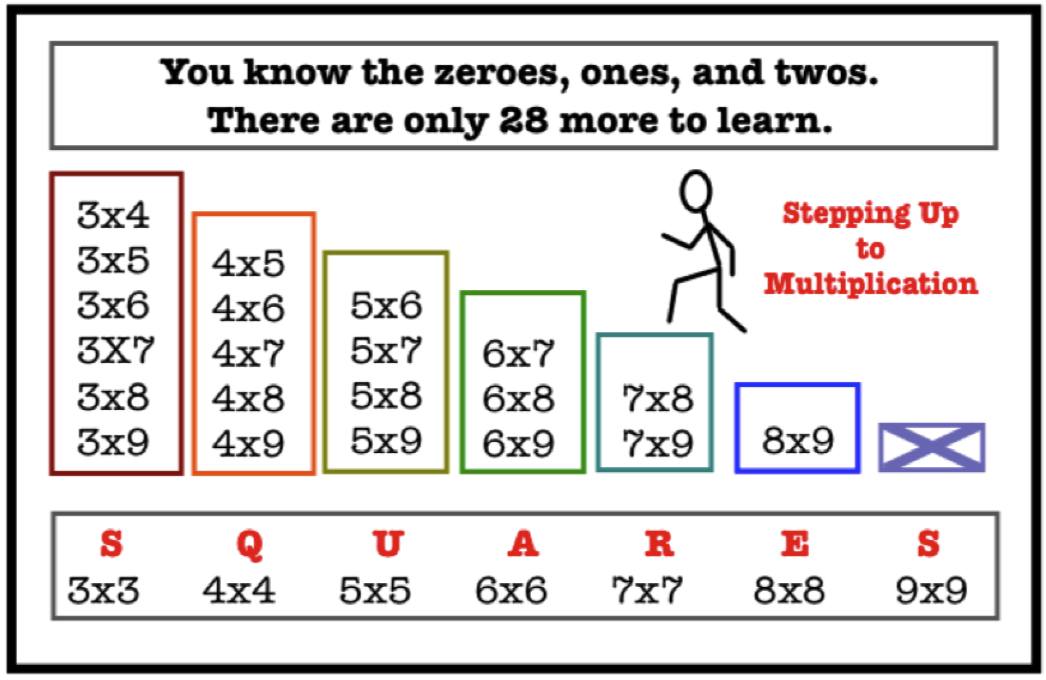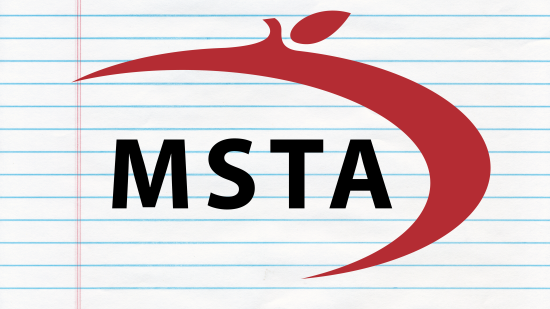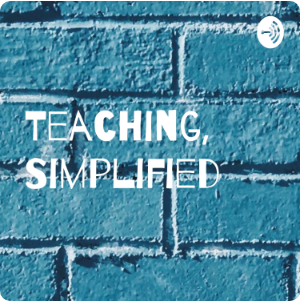
We throw our kids in a room with a stack of flash cards and expect them to learn.
We throw a box of paper cards at our kids, and we don't lift a finger to teach them how to properly use the cards.
We sit our children in front of 100 math problems, and we expect them to solve the problems with understanding and fluency.
Admittedly, I am guilty along with most American parents, but I have come to understand a number of things in the last few years.
- My personal experience of learning multiplication was a journey with lots of stumbling blocks.
- In teaching first and second graders for the first five years of my career, I realize the need for conceptual learning in math.
- Flash cards! I diligently and reluctantly crammed those things into my brain, but I still didn't use them correctly. Thanks to a man with an innovative program, I now understand there is better way to use them.
- After delivering about a million timed tests and getting limited improvement, there has to be something we're missing (besides blaming it on laziness, which admittedly is a part of things, as well).
- Reading about subitizing and reading articles about number sense have awakened my sensibilities in the area.
|
|
In addition to prior knowledge of the simplest parts of the multiplication table, there is the ever-important Commutative Property of multiplication. That's the statement that the factors can appear in any order in a multiplication statement (i.e., 4 x 7 is the same thing as 7 x 4). With understanding of the Commutative Property, students should quickly see that the multiplication table can be reduced by nearly half of the ominous 100 problems. Learn that "half", and you'll get there twice as fast!
So if there is a knowledge of the zeroes, ones, and twos (We'll exclude the fives for the time being), and if there is an understanding of the Commutative Property, as shown in my own chart below, there are only 28 more problems to master!
|
|
|
The fives are back, but may not be as hard to remember. Then come the "easier" problems under the fours and threes columns. Step by step, we learn and overcome the difficulty in learning basic multiplication facts with fluency. Next: bring on the timed quiz!
So much of math is based on the central concept of multiplication. Mastery, or fluency, will make everything else possible in a big way. I want to encourage students to walk through the pain of understanding and learning the basics now in order to make things easier in the coming weeks and years. Likewise, I want to encourage parents to take the reins here, and ensure that the painful part is happening at home as well as at school. I know it's difficult, but learning the hard things now, and for good, will be highly beneficial for your children.








































